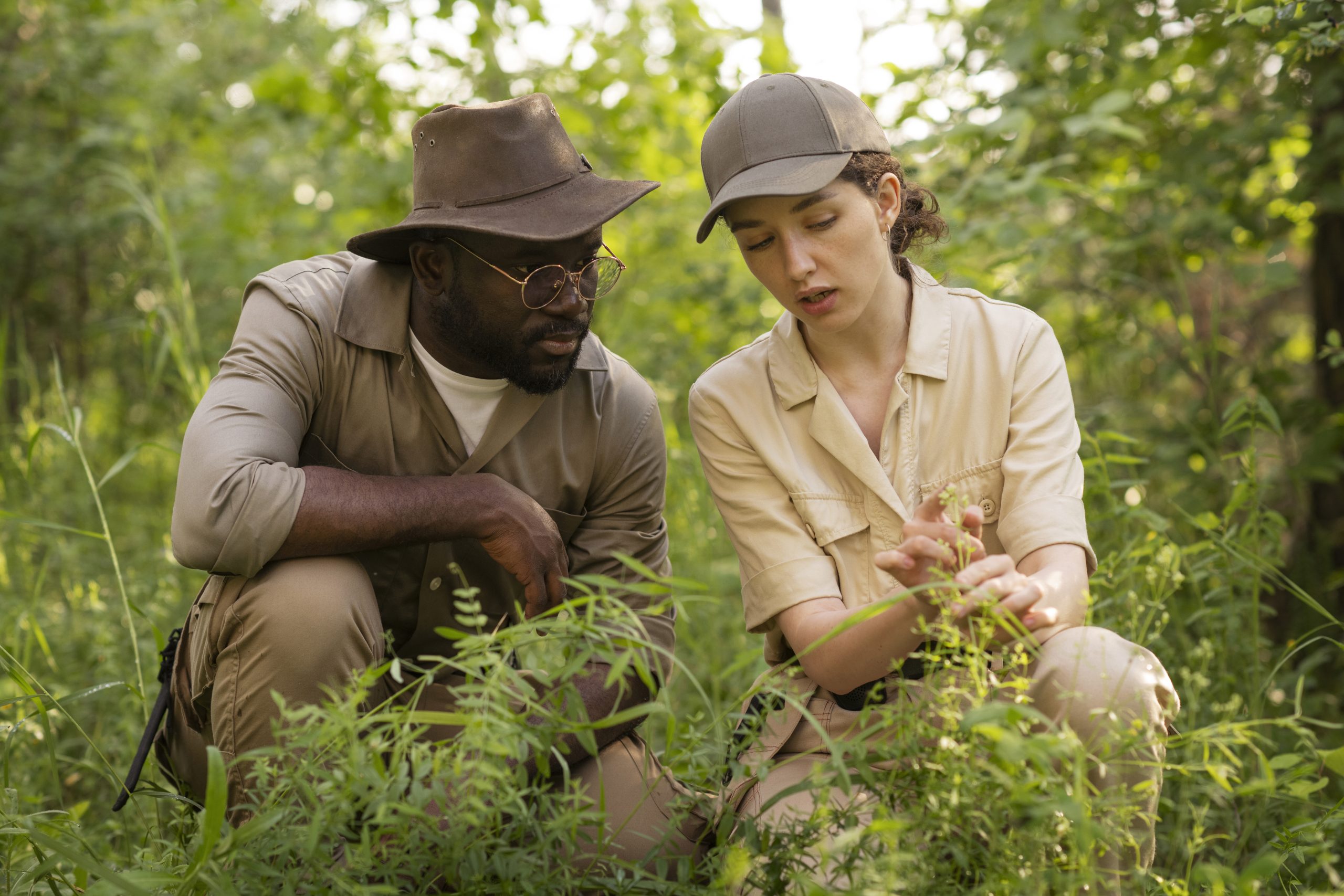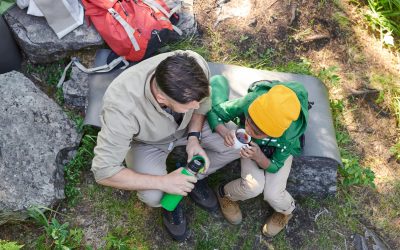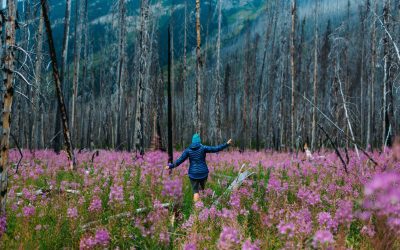Exploring the wilderness isn’t just about adventure; it’s also an opportunity to connect with nature on a deeper level, including through the food it provides. While foraging for edible plants in the wild can be a rewarding experience, it’s essential to do so safely. In this guide, we’ll introduce you to the basics of identifying and safely consuming edible plants in the wilderness.
The Joy of Wild Edibles
Foraging for wild edibles is like uncovering nature’s hidden treasures. It allows you to appreciate the diverse flavors and nutritional value of plants that have grown freely for centuries. From juicy berries to tender greens, the wilderness offers an abundance of natural, organic food sources.
Safety First: Know What You’re Eating
Before embarking on a foraging adventure, it’s crucial to educate yourself about the local plant species, both edible and toxic. Here are some essential safety tips:
1. Field Guides and Apps
- Invest in field guides or use smartphone apps designed for plant identification. These resources provide valuable information and images to help you recognize edible plants.
2. Learn from Experts
- Join local foraging groups or take classes from experienced foragers to learn firsthand from those with expertise in your region.
3. Start with Familiar Plants
- Begin by foraging for plants you can easily identify, such as dandelions, blackberries, or wild garlic.
4. Avoid Toxic Lookalikes
- Be cautious of plants that resemble edible ones but are toxic. Pay close attention to distinctive characteristics that set them apart.
5. Cross-Check Multiple Sources
- Always cross-reference information from multiple sources to ensure accuracy.
Sustainable Foraging Practices
To ensure the wilderness remains abundant for future generations, practice sustainable foraging:
- Harvest Ethically: Only take what you need, leaving enough for wildlife and other foragers.
- Respect Local Regulations: Follow local rules and regulations regarding foraging.
- Protect Ecosystems: Avoid trampling on plants and disturbing the environment.
Delicious Wild Edibles
Here are some common edible plants you may encounter:
- Wild Berries: Blueberries, raspberries, and blackberries are often abundant in many regions.
- Dandelions: The leaves, flowers, and roots are all edible and can be used in salads or teas.
- Wild Garlic: Adds a mild garlic flavor to dishes.
- Nettle: Once cooked, the stinging hairs are neutralized, leaving behind a nutritious green.
Cooking with Wild Edibles
Incorporate your foraged finds into your meals:
- Salads: Add wild greens and flowers to your salads.
- Smoothies: Blend wild berries for a burst of flavor.
- Teas: Brew teas from foraged leaves and flowers.
Final Thoughts
Foraging for edible plants can be a delightful and sustainable way to enhance your wilderness experience. However, always prioritize safety and environmental conservation. With the right knowledge and a respectful approach, you can savor the flavors of the wild while leaving no trace behind.
So, grab your field guide, don your hiking boots, and embark on a culinary adventure in the wilderness. You’ll not only satisfy your taste buds but also deepen your connection to the natural world.





0 Comments